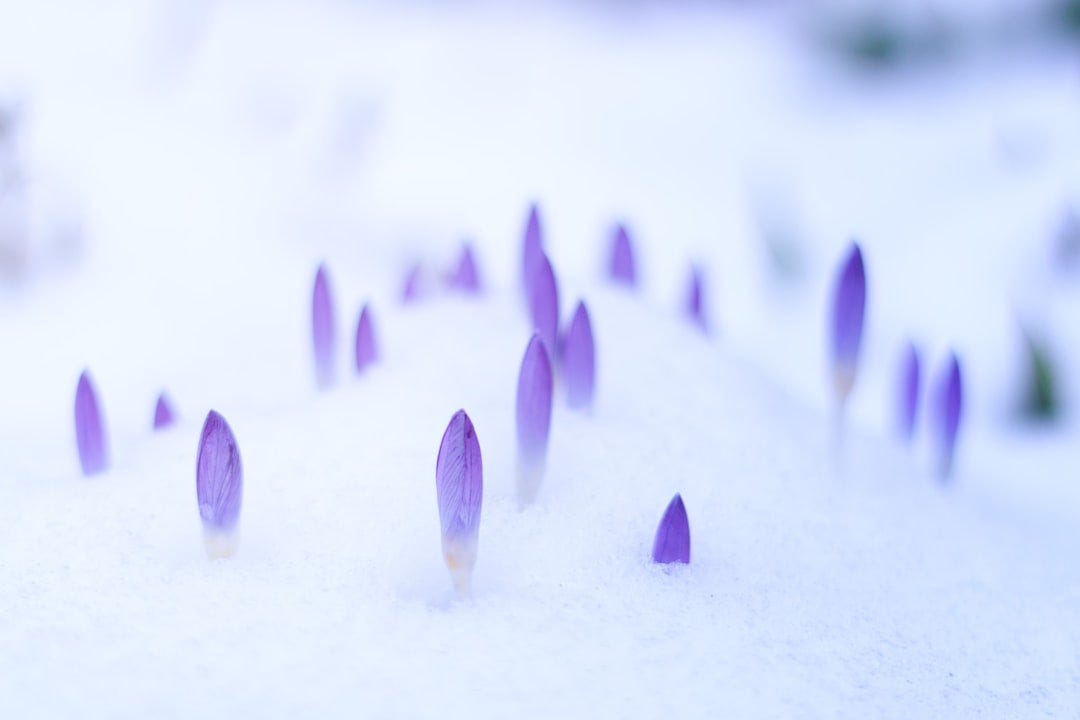The 5-7-5 pattern is familiar.
But apparently Haiku is a poetry form that is much more complex than I remember learning about in school.
In Japanese, Haiku are written linearly, top to bottom. The 5-7-5 syllable, three-line format that English speakers are familiar with is just a convention chosen over time.
The more important aspects are the things I never learned in school.
Haiku often focuses on nature. There is a Kigo, a word or phrase that symbolizes the season.
It also uses juxtaposition rather than metaphor, which Western students are more familiar with (Shakespeare, etc). There is a Kireji, a ‘cutting word’ that creates a pause or sense of closure.
There are other conventions used in English Haiku, such as the lack of capitalization and punctuation and not having a title.
Like any other artform, rules are meant to be understood and not always adhered to. I number mine just so that I know which is which.

Here are two poems I wrote last month.
1
winter turns to spring
life reawakens outside
- is this acceptance?
2
long nights become day
the warmth of your embrace
a thaw to my heart
Thank you.
Publishing my art online is something I never thought I would do. It’s something I thought I would never be comfortable doing.
I’m using this as an opportunity to explore whatever I want to explore, to do the things I’m not ‘good at’, and to face my fears of being perceived.
The void accepts everyone.

